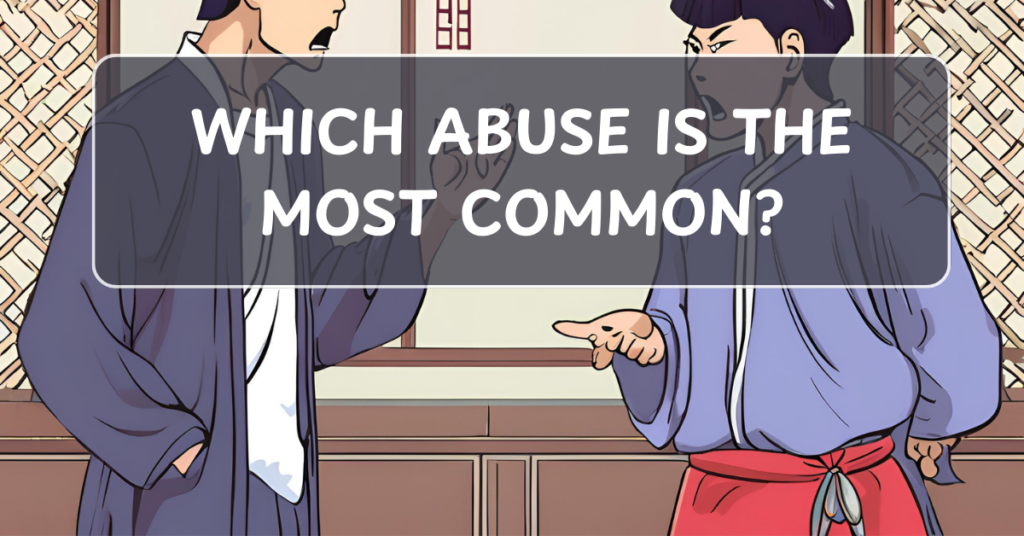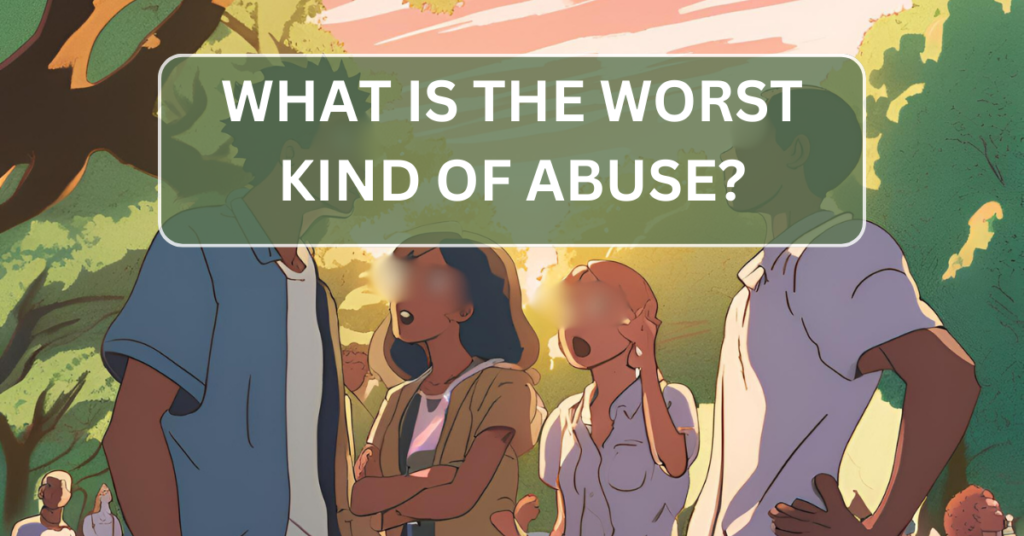
Abuse can take many forms, and its prevalence can vary depending on factors such as geography, socio-economic conditions, and cultural context. However, certain types of abuse are more commonly reported and recognized across the globe. Understanding the most common forms of abuse is crucial for identifying warning signs, offering support to victims, and working toward prevention.
1. Emotional Abuse
Emotional abuse is the most common type of abuse, often because it can be subtle and difficult to recognize. It involves manipulating, humiliating, or belittling someone to control them emotionally.
- Forms of Emotional Abuse: Name-calling, gaslighting (manipulating someone into questioning their reality), excessive criticism, threats, or intimidation.
- Why It’s Common: Emotional abuse can happen in many relationships, including romantic, familial, and workplace settings. It’s often overlooked because it doesn’t leave physical scars, but it can have severe long-term psychological effects.
- Impact: Victims may experience anxiety, depression, low self-esteem, and difficulty trusting others.
2. Domestic Violence (Physical Abuse)
Domestic violence, or physical abuse, is unfortunately widespread, with millions of people experiencing it each year. It refers to the use of physical force to harm or control an intimate partner or family member.
- Forms of Physical Abuse: Slapping, hitting, kicking, choking, or using weapons.
- Why It’s Common: Domestic violence occurs in households across all economic, social, and cultural backgrounds. Often, it is cyclical, with the abuser using violence followed by remorse or temporary peace, which can make it hard for victims to leave.
- Impact: Physical injuries, long-term health problems, psychological trauma, and the cycle of abuse that’s difficult to break.
3. Child Abuse
Child abuse encompasses a range of harmful behaviors directed at children, and it is one of the most heartbreaking forms of abuse. This includes emotional, physical, sexual abuse, and neglect.
- Forms of Child Abuse: Physical harm (hitting, burning), emotional abuse (name-calling, threats), neglect (failure to provide basic needs), sexual abuse (molestation or assault).
- Why It’s Common: Child abuse often goes unnoticed, especially in families where there is a lack of external support or when abusers manipulate children into silence.
- Impact: Victims may struggle with emotional issues, developmental delays, trust issues, and have an increased risk of becoming abusers themselves in the future.
4. Sexual Abuse and Assault
Sexual abuse and assault remain disturbingly common, with many people experiencing it in their lifetime. This includes any unwanted sexual activity, ranging from molestation to rape.
- Forms of Sexual Abuse: Coercion, molestation, rape, or any form of non-consensual sexual activity.
- Why It’s Common: Victims of sexual abuse often feel shame, fear, or guilt and may remain silent due to societal stigmas or fear of not being believed. It can happen in the family, at the workplace, or in public spaces.
- Impact: Victims often face long-term psychological consequences, such as post-traumatic stress disorder (PTSD), depression, anxiety, and difficulties in relationships.
5. Elder Abuse
Elder abuse refers to the mistreatment of older adults, often by caregivers or family members. It is an increasingly common issue as the global population ages.
- Forms of Elder Abuse: Physical abuse, emotional abuse, financial exploitation, neglect, and sexual abuse.
- Why It’s Common: Many elderly individuals are vulnerable due to physical or cognitive impairments, making them easier targets for exploitation or abuse. Additionally, elders may feel isolated and unable to speak up.
- Impact: Victims of elder abuse may experience physical harm, depression, anxiety, or even death in extreme cases.
6. Workplace Abuse (Bullying)
Workplace abuse, also known as workplace bullying, involves harmful behavior that undermines an individual’s ability to do their job. This can range from verbal abuse to harassment or unfair treatment.
- Forms of Workplace Abuse: Verbal insults, threats, exclusion from group activities, inappropriate comments about appearance or personal life, and intentional sabotage of work.
- Why It’s Common: Workplace abuse can be difficult to recognize, as it often occurs subtly or in a way that makes the victim feel helpless or unsure.
- Impact: Workplace abuse can lead to job stress, decreased productivity, anxiety, depression, and in extreme cases, physical health problems.
Key Takeaways
While abuse can take many forms, emotional abuse is often the most common because it is subtle and can occur in many different environments. However, domestic violence, child abuse, and sexual abuse are also highly prevalent and can have devastating, long-lasting effects on victims. Recognizing the signs of abuse and seeking help is essential in preventing further harm and supporting those affected.


